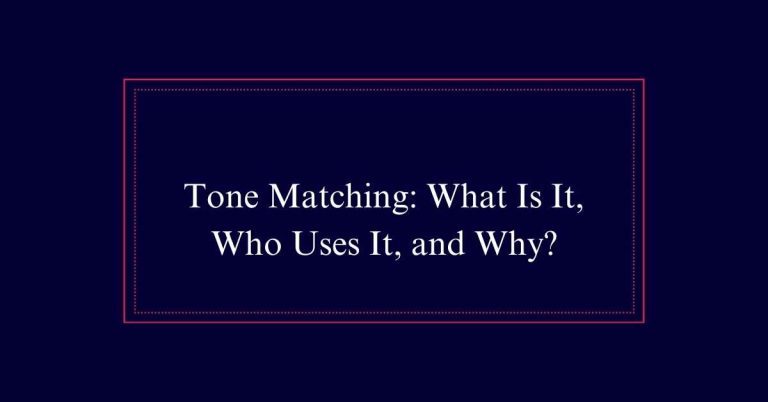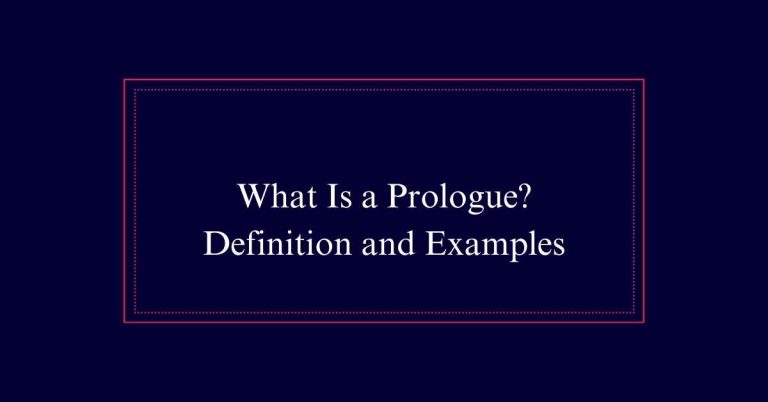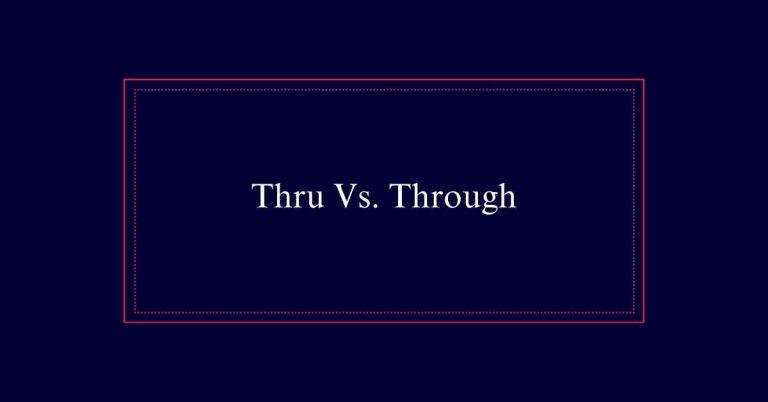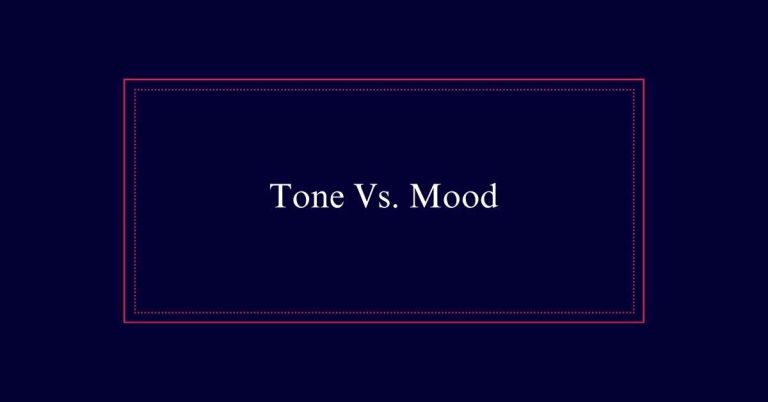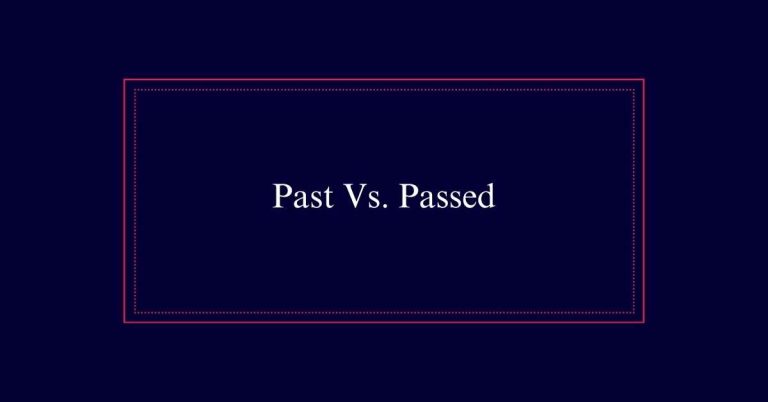How to Use “As of Yet”?
The phrase ‘as of yet’ indicates something that has not happened up until the present moment. Despite its use in formal writing, many consider it verbose. Authorities recommend shorter alternatives like ‘yet’ or ‘as yet’ for clarity and brevity. For example, instead of saying “The report has not been submitted as of yet,” it is clearer to say, “The report has not been submitted yet.”
Definition of ‘As of Yet’
‘As of yet’ is a phrase used to describe something that has not happened up to the present moment. It is often considered wordy in professional writing. Many authorities suggest using ‘as yet’ or simply ‘yet’ for a more concise expression.
The phrase serves to indicate a situation that remains unchanged or incomplete. For example, saying ‘The results are as of yet unknown’ can be shortened to ‘The results are yet unknown’ without losing meaning.
While ‘as of yet’ can be found in various sources, it is generally advisable to opt for clearer, more direct alternatives.
When to Use ‘As of Yet’
To determine the appropriate usage of ‘as of yet,’ consider whether a simpler alternative like ‘yet’ or ‘as yet’ would suffice. Using ‘as of yet’ can sometimes appear verbose. It is often criticized for being unnecessarily wordy. For clarity and brevity, it is better to use ‘yet’ or ‘as yet’ in most cases.
Here is a comparison:
| Phrase | Usage Example | Preferred? |
|---|---|---|
| As of yet | She has not arrived as of yet. | Less Preferred |
| As yet | She has not arrived as yet. | More Preferred |
| Yet | She has not arrived yet. | Most Preferred |
Alternatives to ‘As of Yet’
Given the preference for clarity and brevity, consider these alternatives to ‘as of yet’ for more effective writing. The simplest option is ‘yet.’ It conveys the same meaning without unnecessary words.
Another alternative is ‘so far,’ which indicates an ongoing situation.
‘To date’ is also effective, particularly in formal contexts.
For instance, saying “The results are yet to be published” is clearer than “The results are as of yet unpublished.”
Similarly, “No decisions have been made so far” works better than “No decisions have been made as of yet.”
Real-Life Examples
Real-life examples can illustrate how ‘as of yet’ is used in various contexts.
For instance, in a Time magazine article, the phrase was used to highlight that President Bush had not read a particular report ‘as of yet’.
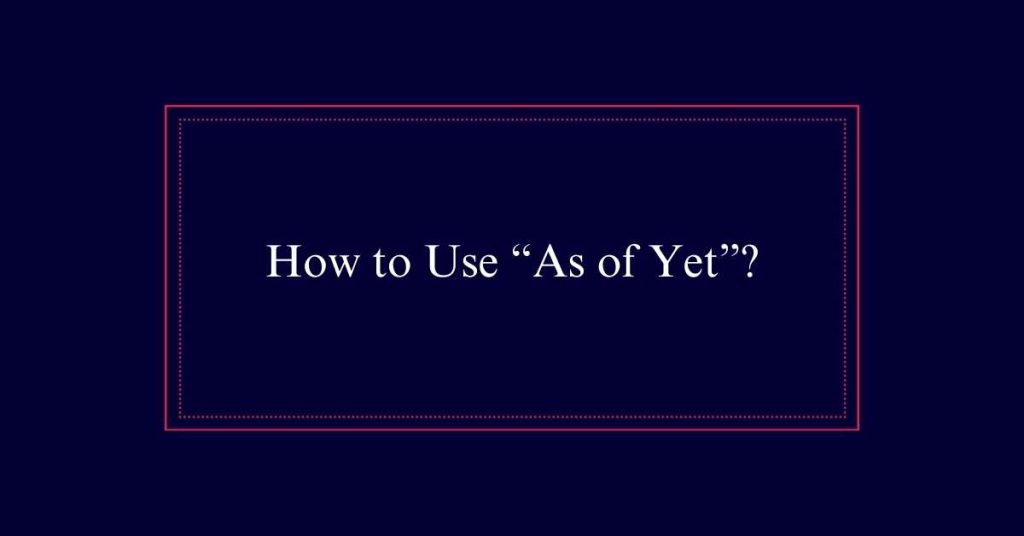
Similarly, Entertainment Weekly employed ‘as of yet’ to build anticipation for an unnamed show, indicating it had not been titled.
These examples show the phrase’s role in emphasizing actions or events that have not occurred.
Despite its usage, many experts recommend simpler alternatives like ‘yet’ for clarity.
Contextual Usage Insights
Understanding the contextual usage of ‘as of yet’ helps in recognizing its role in emphasizing pending actions or events. This phrase is often used to highlight that something expected has not happened.
For instance, ‘The results have not been published as of yet’ underscores the ongoing wait for publication. It adds a formal tone, making the sentence more emphatic.
While ‘as of yet’ can be seen in both spoken and written English, it is often considered wordy. Many writers prefer the simpler ‘yet’ to convey the same meaning.
Historical Background
Tracing the historical background of ‘as of yet’ reveals its first known usage in the year 1900. This phrase emerged in English to denote something that has not happened up to the present time. Despite its early 20th-century origins, the phrase has often been critiqued for its wordiness. Below is a helpful table summarizing key points about its historical background:
| Year | Event | Significance |
|---|---|---|
| 1900 | First known usage | Marks the introduction of the term |
| Early 20th Century | Common in literary works | Shows its initial popularity |
| Mid 20th Century | Criticism begins | Concerns about its wordiness |
| Late 20th Century | Shift towards simpler language | Preference for ‘yet’ alone |
| 21st Century | Ongoing debate | Continues to be used and critiqued |
Evolution Over Time
As ‘as of yet’ emerged in 1900, its usage and perception have greatly evolved over time.
Initially used to mark specific points in time, writers began incorporating ‘as of yet’ to indicate events that had not occurred.
Over the decades, its use has broadened but also faced scrutiny. Language guides often recommend simpler alternatives like ‘yet’ or ‘as yet’ for clarity.
Despite this, ‘as of yet’ persists in both formal and informal contexts. Its evolution reflects shifts in language preferences and stylistic trends.
Criticism and Views
Many writing guides criticize the use of ‘as of yet’ for being unnecessarily wordy and pretentious. Critics argue that the phrase adds unnecessary complexity to sentences.
For example, the guide ‘Common Errors in English Usage’ describes it as a pretentious substitute for the simpler term ‘yet.’ The main concern is that ‘as of yet’ can make writing seem verbose, detracting from clarity and directness.
Writing experts often recommend using ‘yet’ alone to convey the same meaning more effectively. By eliminating the extra words, sentences become more concise and easier to read.
Simplifying Your Writing
Simplifying your writing involves removing unnecessary words to enhance clarity and readability. When discussing ‘as of yet,’ consider using ‘yet’ instead. ‘As of yet’ is often seen as wordy and redundant.
Simplifying it to ‘yet’ provides the same meaning with fewer words. For instance, instead of writing, ‘The results have not been published as of yet,’ you can say, ‘The results have not been published yet.’ This change makes the sentence more concise and easier to read.
Practice and Mastery
Building on the importance of simplicity in writing, practicing and mastering the use of ‘as of yet’ can further enhance your communication skills.
Begin by observing its usage in reputable sources. Note how it conveys that something hasn’t happened. Try incorporating it into your writing and speech.
For instance, ‘As of yet, no decision has been made’ clearly indicates the pending status. Be mindful to use ‘as yet’ or ‘yet’ for a more concise alternative.
Practice regularly to gain confidence. Set goals to use it in different contexts. Reflect on feedback and refine your usage. Mastery comes with understanding and repetition.
Over time, you will use ‘as of yet’ effectively and appropriately.

